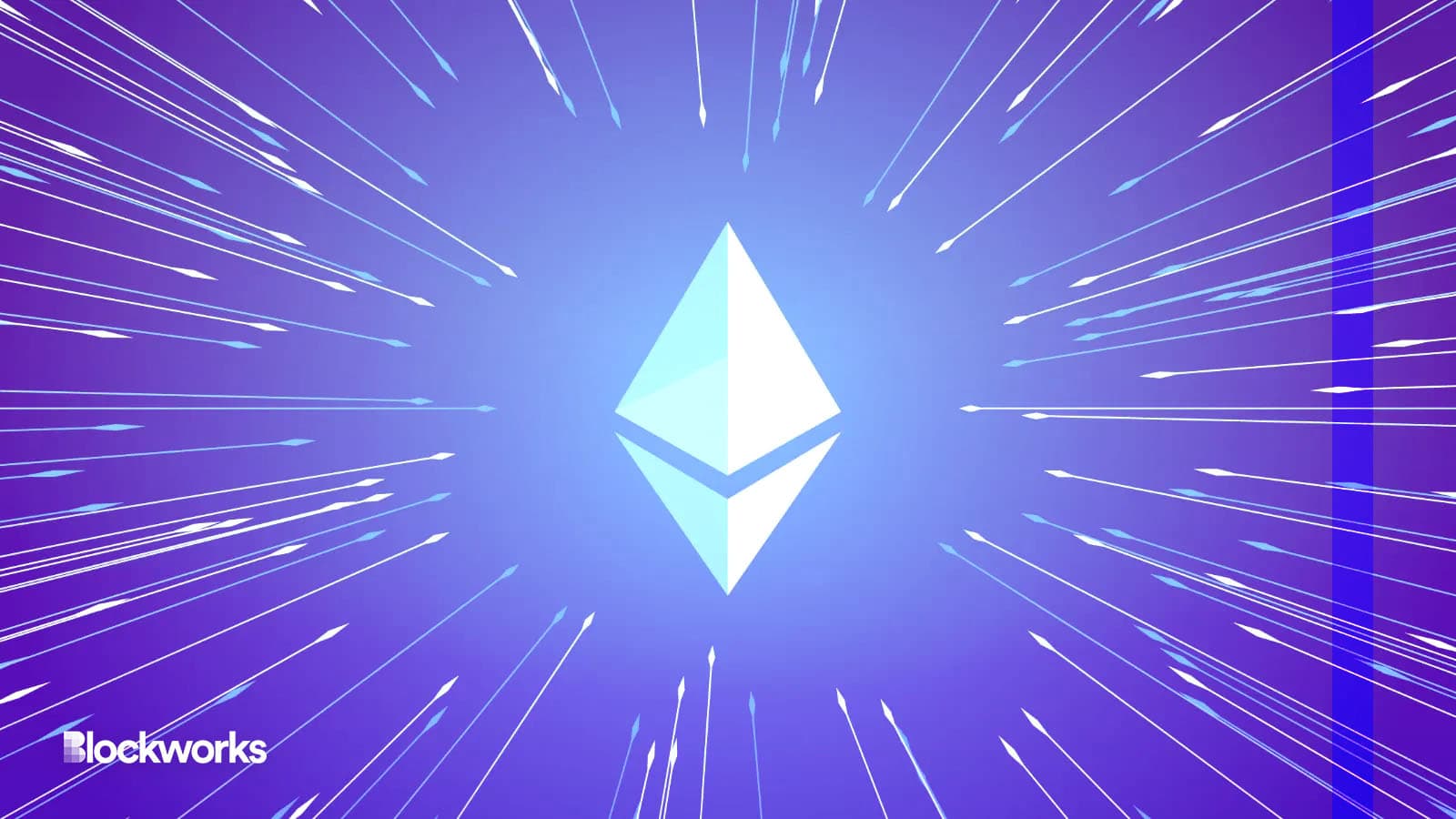Ethereum Devs Still Want Staking Withdrawals by ‘March-ish’
Bucking the naysayers, developers on Ethereum’s All Core Devs call sounded optimistic, Thursday

Source: Shutterstock, modified by Blockworks
If there’s just one thing that investors want to know about post-Merge Ethereum, it is this: Wen withdrawals?
It has long been known that ether locked on the Beacon Chain — now staked on the Ethereum mainnet — would remain stuck until its next upgrade, Shanghai.
And it’s also long been known that Ethereum’s typically vague timelines are easy fodder for FUD.
Thursday’s All Core Devs (ACD) call — the last in 2022 — made one thing abundantly clear: Staked ether withdrawals are coming, and, by all accounts, they are on schedule.
There’s a simple reason precise roadmaps and concrete schedules are hard to come by on the world’s second most valuable blockchain network. Ethereum development is decentralized.
Periodic developer calls bring together disparate teams to seek consensus on priorities, a process that’s grown organically over the years of Ethereum’s evolution — yet, at times, still feels chaotic.
Tim Beiko, who coordinates the ACD calls, said everyone seems to collectively agree on a common goal: “we want withdrawals to happen relatively quickly on mainnet.”
“This is clearly the highest priority for everybody,” Beiko said. “Teams are working on it…People seem to generally want a target around March-ish,” he added.
Any upgrade of this nature, even a simple change focusing on withdrawals alone, will require a carefully coordinated hard fork of the Ethereum mainnet. The testing process needed in advance takes more than a month, which means that a key milestone — so-called “mainnet shadow forks” — will need to be ready by the end of January at the latest.
Is that doable? The clear consensus on the call was, yes.
Barnabas Busa a DevOps engineer at the Ethereum Foundation said two private testnets are already testing Ethereum consensus layer clients — the part of the network that adds new blocks to the blockchain.
“Full withdrawal is working on both chains,” Busa told the other core developers. “Partial withdrawal is working on both chains.”
Still to come are tests on “mass withdrawals where we just have a big queue and we have a large number of exits,” along with various edge cases — efforts to try to break the process and thereby learn and improve the network’s resiliency.
“We would like to start a public testnet hopefully on the 15th or 16th of December,” Busa added.
One by one, client teams weighed in: Prysm, Lighthouse, Geth, Erigon, Nethermind, Teku, Besu, Lodestar — all signaled their willingness to commit to a March target for a Shanghai hard fork to include withdrawals of staked ether.
Phil Ngo, representing Lodestar, one of the Ethereum consensus clients, told the group that “we are pretty much good for withdrawals at this point.”
Others either echoed the sentiment, or sounded optimistic that the requisite deadlines could be met to make it happen.
But can developers do even more and, if so, how much?
The definitive answer, whether Shanghai will focus on withdrawals exclusively or add another significant improvement, is slated to come in the next ACD call on Jan. 5, 2023.
Get the news in your inbox. Explore Blockworks newsletters:
- The Breakdown: Decoding crypto and the markets. Daily.
- 0xResearch: Alpha in your inbox. Think like an analyst.






